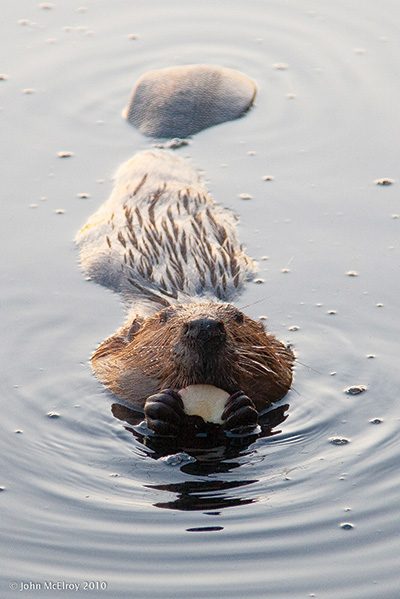
To find Unexpected Wildlife Refuge, as it’s called, you have to go off the beaten path—literally. Accessible only by a narrow dirt road, the refuge in South Jersey has extended its hospitality to beavers and other animals for more than half a century.
The 767-acre refuge is home to a single beaver colony consisting of a mother, father, three yearlings and three kits. They are an industrious bunch. The beavers have built dozens of small dams along the Main Lake Branch, which empties into the Great Egg Harbor River.
Hope Sawyer Buyukmihci and her husband, Cavit, founded the refuge in 1961 as a haven for South Jersey wildlife and plants threatened by increasing development and loss of habitat in the region. Originally 85 acres, the refuge has grown to 767 contiguous acres of fields, forests and wetlands in Buena Vista Township and Buena Borough in Atlantic County, and Franklin Township in Gloucester County. Over the past decade alone, 200 acres have been added using grants from New Jersey’s Green Acres program, says refuge director Sarah Summerville.
Beavers were nearly extinct in New Jersey in the early 20th century due to excessive trapping. Bob Considine, press officer for the state Department of Environmental Protection, says beaver populations here and throughout the country have been restored through “protection and reintroduction efforts.” It’s a good thing. Beavers provide many benefits for the environment and people, says Summerville, including the conservation of water, control of soil erosion, prevention of floods, and habitat improvement for other wildlife.
The beaver population at Unexpected Wildlife Refuge is just the right size for the “carrying capacity” of the preserve, says Summerville. “We are happy with the number of residents here as long as they are comfortable and safe,” she says. “During drought years the beavers have relocated completely off the refuge to safer downstream areas where there was more water. They come back when conditions change to favorable.”
In addition to drought, beavers are threatened by natural predators, such as wolves, coyotes and bears. But the biggest threat occurs when beavers get too close to settled areas. “Threats to beavers would be mostly from humans when [the beavers] take up housekeeping in the ‘wrong’ place and flood roads and septic systems,” Summerville explains.
Trapping was halted to protect beavers, but since 1970 New Jersey has issued up to 200 recreational permits to trappers each year in order to help control the population, Considine says. The state’s Division of Fish and Wildlife does not have a population estimate, he says, adding, “Beavers are more numerous in the northern half of the state, which is dominated by their preferred food: hardwood trees.” However, they have done well when trapped and transferred to rural areas in South Jersey.
Beavers are not the only attraction at Unexpected Wildlife Refuge, which has 10 miles of hiking trails. Other species that can be observed include white-tailed deer, red and gray foxes, coyotes, river otters, bald eagles, bluebirds and osprey.
“All visits are by appointment only,” says Summerville. Guided tours are given for groups of up to five people, and maps are available for those who wish to explore on their own. The refuge is rustic; parking is limited; just an outhouse is provided.
Summerville, who lives at the refuge, began serving as director prior to Hope Buyukmihci’s death in June 2001. She edits The Beaver Defenders, a quarterly publication that Buyukmihci began in 1971. “A beaver is to befriend—and to defend,” Buyukmihci wrote in one of the earliest issues. The refuge lives up to that standard today.
For Summerville, work equals joy. “It’s like no other experience to see a tiny new beaver kitten,” she says. “It will make you hold your breath.”
To learn more about the refuge or to make an appointment, call 856-697-3541 or e-mail [email protected].
